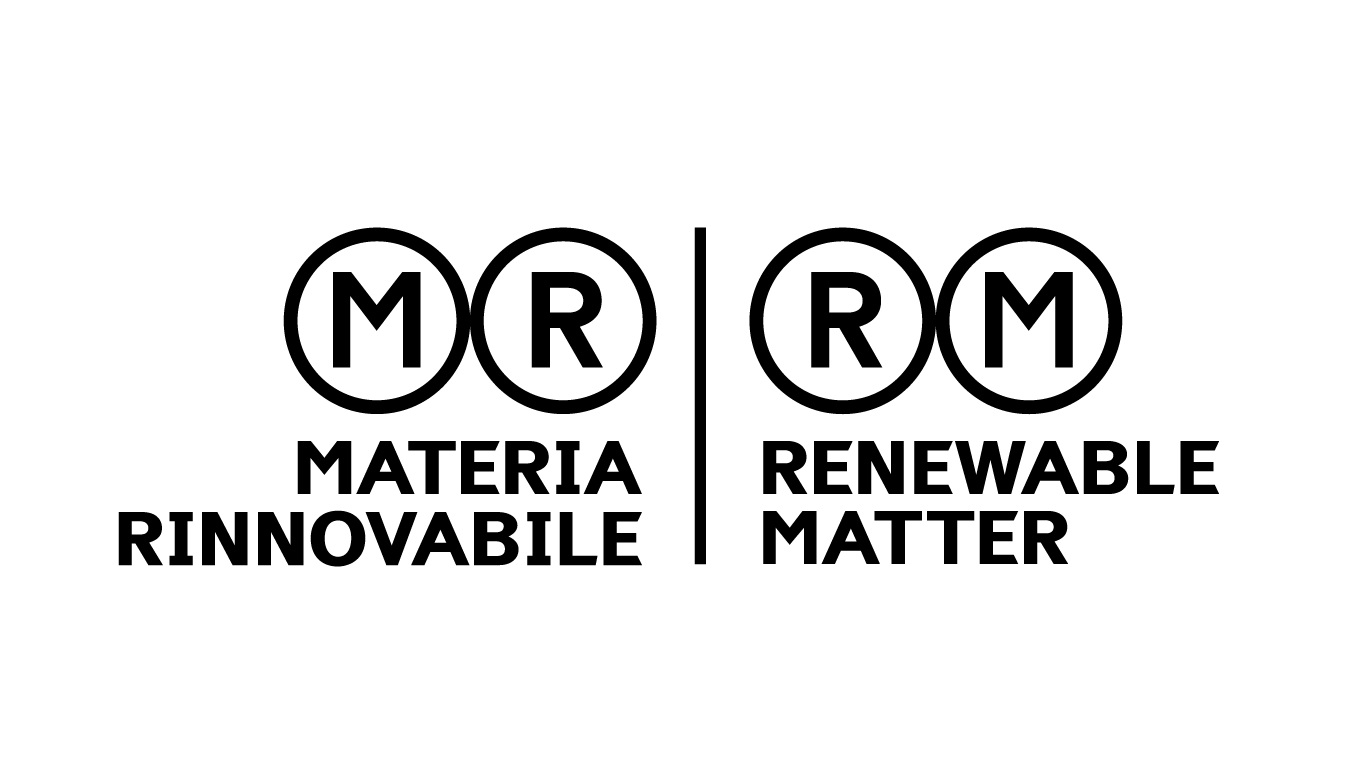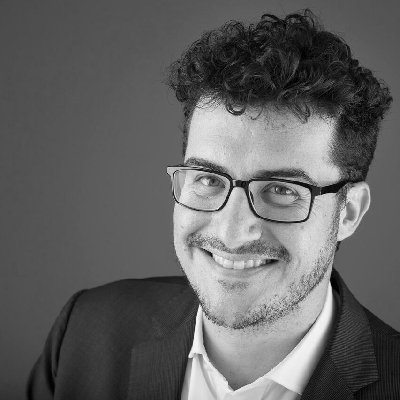This article is also available in Italian / Questo articolo è disponibile anche in Italiano
It's the largest circular economy event for corporations and professionals in the US: Circularity25, with a growing international audience, including dozens of EU-based companies, is a must-attend. The event — organised by Trellis (formerly GreenBiz) — this year will take place in Denver, Colorado, from the 29th of April to the 1st of May, and as always, Renewable Matter will be there. We spoke with Jon Smieja, VP of Circularity and Senior Analyst at Trellis Group, to have a sneak peek of the 2025 edition.
The question on every attendee’s mind is “what is on the agenda this year”?
As always, there’s plenty, to make sure that attendees will walk away with many new ideas. We expect discussions on plastics, packaging, and consumer packaged goods, as well as sessions on fashion, electronics, the built environment, renewable energy, and the automotive sector. This year at Circularity, we have six tracks. The first focuses on governance — how to prepare your business for the transition towards the circular economy, working on your supply chain, and setting up new business models, such as subscription-based services. The second track focuses on circular policies, like EPR and the Global Plastics Treaty, and how these can push various industries towards circular frameworks. We also have a track on materials and product innovation, assessing the latest trends. The fourth one will address stakeholders and social impact, to understand how your products and plants affect the communities where you operate and where your products end up. There will be a great focus on industrial processes. For this reason, the fifth track is dedicated to supply chain transformation — a key topic. Many companies need to work directly with suppliers to assess which materials are going into their products and how they can be recycled, reused, refurbished, or remanufactured. Here, you will learn how to set up joint programmes, such as reusable packaging initiatives with your suppliers. The final track focuses on how to finance a circular conversion. How do you measure ROI? How can circularity become a profitable part of your business? How do you engage financial institutions to support your transition? It is also worth mentioning the leadership sessions. In the “Leadership Reimagined” workshop, managers will learn how to increase their influence within their companies to push for the transition, while creating a better, more sustainable workplace.
Keynote speakers have always been a centerpiece at Circularity
We always host two 90-minute sessions on the first and second days of the conference, featuring thought leaders from diverse backgrounds who have shaped our current understanding of what a circular economy should look like. We have confirmed John Warner, the father of green chemistry, who will discuss material innovation. We will also hear from a prominent cradle-to-cradle designer and biomimicry expert, as well as a speaker who will explain how we can pair valuable indigenous knowledge with Western science to accelerate progress. On day one, we will also have a masterclass on reverse logistics, taught by two highly experienced educators in the field. Here, you will learn how to set it up correctly from experts who have worked on programmes like the take-back initiative for Verizon Wireless. On the second day, we will host Deanna Bratter, Chief Sustainability Officer at Crocs Corp., who will speak about biomaterials, product take-back design, and other strategies to make products more circular.
Denver will host the 2025 edition. Why the Mile High City?
We always choose cities with big accessible airports, a cool sustainable venue, and proximity to hotels and restaurants, as well as a fun place to be, with many hiking and mountain activities. Denver has all of this, but it also stands out for its strong circular economy initiatives. Colorado has an extended producer responsibility policy and great recycling infrastructures. Denver is home to many companies committed to circularity, including Ball Corporation, North Face, VF Corp, Crocs, and others. It’s definitely a place worth visiting.
What’s the status of the circular transition in the US?
The United States is a capitalist economy. Most innovation revolves around companies designing circular products and commercial innovations that can create profit. From this perspective, we have seen the professionalisation of the circular economy, largely focused on business opportunities rather than environmental benefits. However, we are also witnessing how this growth can be supported by US policies, such as extended producer responsibility. Sadly, there is also an anti-ESG, anti-D&I, and anti-environmental pushback in this country. Politics have radically shifted. Many US companies are now trying to figure out how to preserve their initiatives at a time when promoting circular or environmental actions is less desirable.
The circular economy in Europe is less politicized than renewables or electric cars. How about in the US?
I think the circular economy is somewhat under the radar when it comes to the current administration. Months ago, I wrote an article about how the circular economy can be an America First policy. Right now, the American circular economy community is trying to figure out how to continue or accelerate its efforts, using different narratives and pushing it as a business initiative. They speak, for example, of business resilience, reducing business risks, and national security. Figuring out how to talk about the circular transition, over these next four years, is going to be an interesting dance.
Cover: Denver, Envato image



